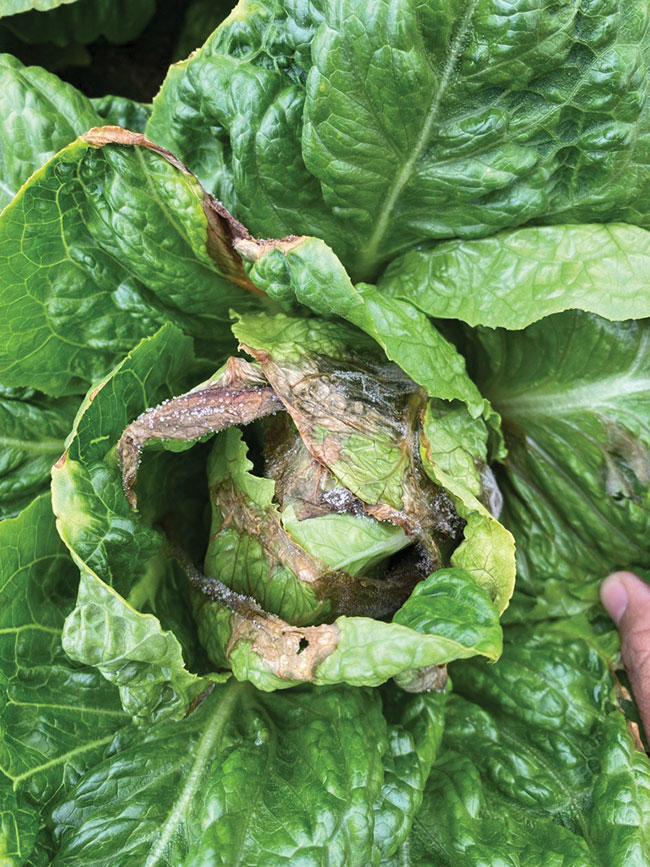
Investing in your plant health
In its simplest terms, integrated pest management (IPM) is a decision-making process that combines tools and strategies to identify and manage pests. Integrated plant health management (IPHM) takes things a step further, emphasizing a more holistic approach that includes plant nutrition and other methods that promote plant tolerance of abiotic (environmental) and biotic (pests and diseases) stresses as a first line of defense.
Done well, the plant then becomes an active player in your IPHM strategy and creates a system in which biologicals will perform even better.
PLANT NUTRITION IN IPHM
Crop performance is significantly compromised when plants are unhealthy or stressed — they are also more susceptible to pests and diseases. Over fertilization and over watering are very common causes of stress and poor health.
High nitrogen fertilization is linked to high pest populations, just as wet conditions are linked to more foliar and root disease issues. Since even the most advanced production systems have some compromises for variables, there is always risk on a particular day with any specific plant. One example is the challenge of having adequate calcium in rapidly forming tissue.
Greenhouse lettuce is managed well with the controlled environment systems available today. There are risks when transpiration rates drift outside the model target values that require foliar calcium supplementation to prevent deficiency.
Calcium supplements have also been shown to deter pathogens like Botrytis. Calcium is an essential element in cell wall development and deficiencies can lead to necrosis or weak cell structures along leaf or petal margins. These are primary sites of infection for Botrytis, so increasing availability of calcium during key phases of plant development produces plants that are inherently more tolerant to the disease.
The prediction of stress events and pest pressure in crops is critical for keeping yield loss low and plants healthy. Anticipation of crop stress and pest risks, then taking proactive measures to mitigate their impact, leads to higher profits.

BIOLOGICALS
Investing in a plant health strategy provides more dividends than just focusing upon pest management. Such approaches take advantage of the benefits that biostimulants can confer on plants and enable more effective use of biological control products. There are economic advantages of nutrient supplements and biostimulants in all crops and production systems.
Biologicals bring a lot of value to greenhouse production systems. Good efficacy requires use of good application techniques, and the best results are obtained when used within a production program based on sound cultural management practices. They are functional, versatile and effective pest and disease management tools that fit well into IPHM and resistance management programs, and those based on living microbes can deliver additional benefits that improve plant performance.


 Video Library
Video Library 




















